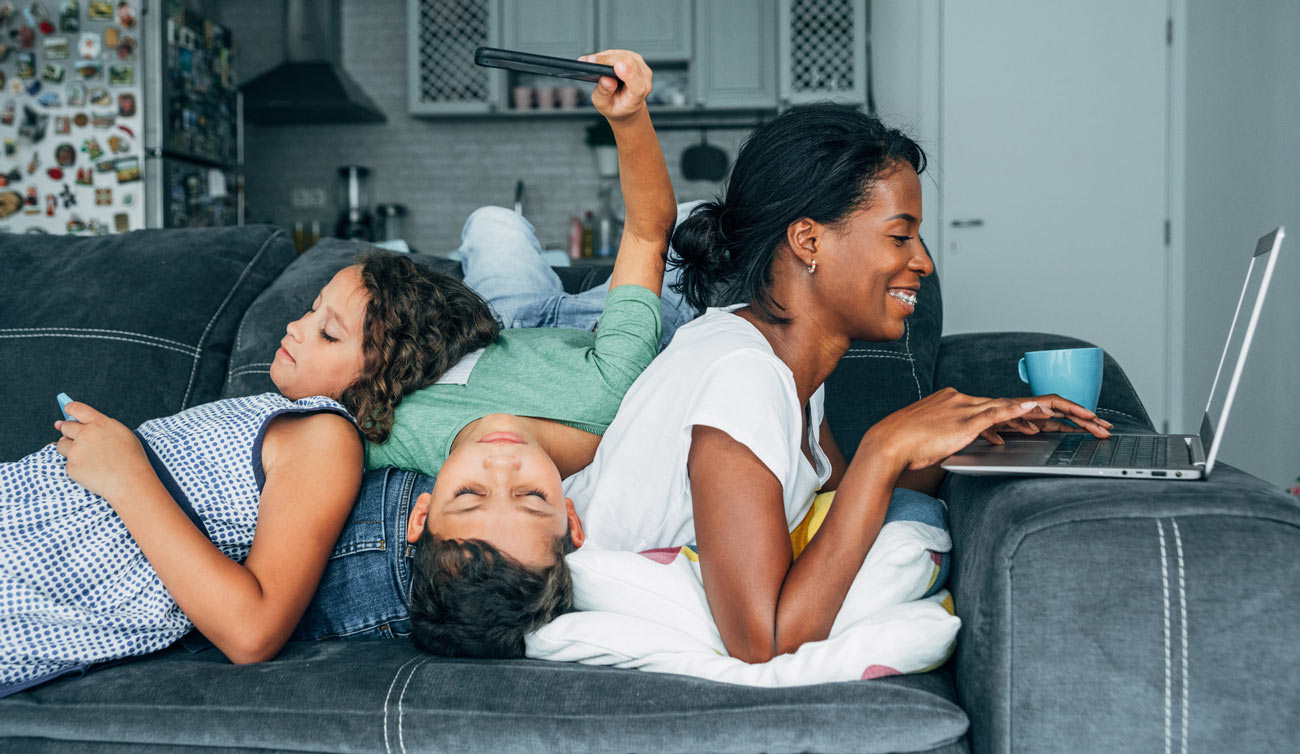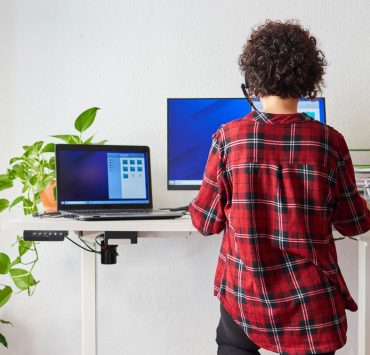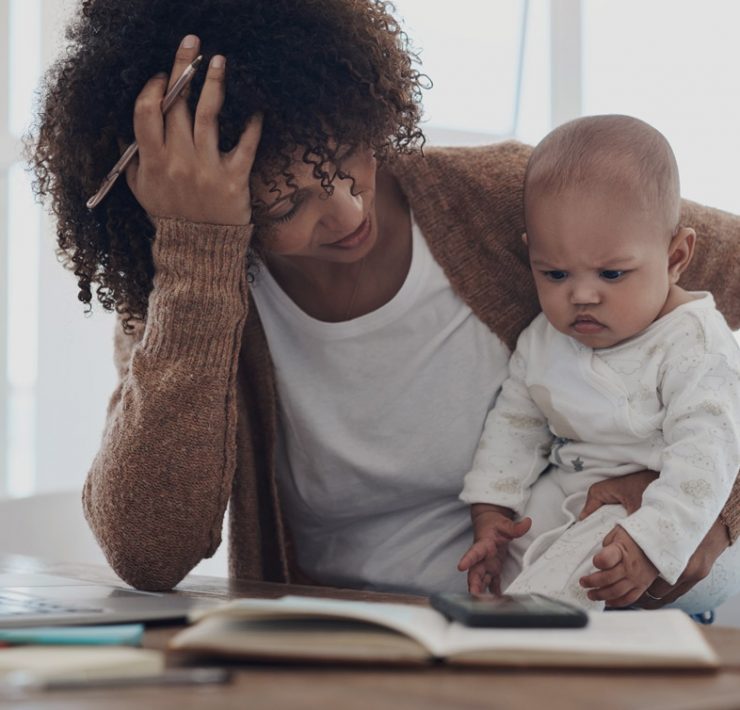So school is back in session…sort of. We’re going back to the office…or maybe not. COVID is still a major concern. The seasons are changing. So: are we used to the “new normal” yet?
Ironically, though working from home has historically been considered a major perk, it has also taken a significant amount of adjustment. In fact, many people, especially parents, have found that they have less personal time than before the epidemic. When not practiced correctly, working from home runs the risk of essentially pureeing personal and work time into one gelled and stressful mass of anxiety. A study published by the National Bureau of Economic Research in August 2020 found that the average workday had expanded by nearly an hour since March, and that many emails and work communications were sent outside standardpre-COVID office hours.
As both working adults and school-age children find themselves staying in the house more often, they also find themselves competing for the use of electronic devices to telecommute, attend school remotely, or view videos for entertainment or virtual wellness. The added uncertainty of the course of the coronavirus adds to the pressure—there is no specific time frame on how long disruptions to our home and work lives will last.
Impacts on Americans have been swift to come. A study cited by the Kaiser Family Foundation shows that as of July 2020, 53% of all Americans polled had said that their mental health had suffered due to the pandemic. Women with children have seen particularly significant disruption—the Labor Department reported that four times as many women as men left the labor force in September 2020, a fact that is attributed to the disruption in schooling schedules, among other factors.
Not everyone is staying home, of course, as offices reopen. But this introduces its own anxiety—according to a Weber Shandwick survey, nearly half of employees have concerns about a return to the physical workplace and worry about their physical safety.
Is there a solution? There may not be an overarching fix for the listlessness and anxiety the majority of Americans feel, barring the introduction of an effective vaccine or cure for COVID-19, but there are several things the average person can to to maintain personal wellness and manage anxiety during this remarkably bizarre and unsettling era in history.
Stop the (Time) Bleed
It can be difficult to resist checking work email or Slack or answering just that one text, however, good workplaces will place parameters around communications and flexibility with handling personal needs. It is fine to tell your coworkers that, barring emergencies, you are unavailable on Saturdays or after 6:30 pm on weekdays. Taking this personal time will help you rebound and avoid burnout.
Seek Out Wellness
Personal wellness and fitness is crucial during this time. In fact, weight gain and obesity has been linked to worse COVID outcomes. If your comfort level permits, in-person wellness activities, like in-house massage, indoor (or outdoor) personal training, and meditation or yoga sessions are available in a number of ways. Virtual and online fitness and wellness is increasingly accessible, and mindfulness, which can be practiced from anywhere, is proven to reduce stress and help treat depression.
Find Your Space
Interruptions have increased for multi-person households. You may need to be creative in finding time for your own personal wellness and headspace. If you are comfortable doing so, you can head to a local coffee shop (sitting either outdoors or, in some locations, indoors). Co-working spaces have seen a rebound as workers tire of taking Zoom calls in their bedrooms and bathrooms. Even a simple closed door can help—if you have children, just make sure they know what a closed door means if you’re on camera!
Interact
One of the factors leading to a sense of anomie is the lack of human interaction outside one’s bubble. Massage has been shown to reduce stress and increase a feeling of connectedness, including lowering cortisol levels by up to 30%. Reaching out to old friends and new acquaintances, such as joining local neighborhood help networks, many of which have appeared since March 2020, can give you a sense of connection and a boost to endorphins, hormones that reduce stress and promote well-being.
Marcy is the SVP of People and Communications at Zeel. In addition to overseeing the humans of Zeel, Marcy has written about workplace topics for more than 20 years both at Zeel and as VP of Content for Vault.com, a career information web site and publisher.







